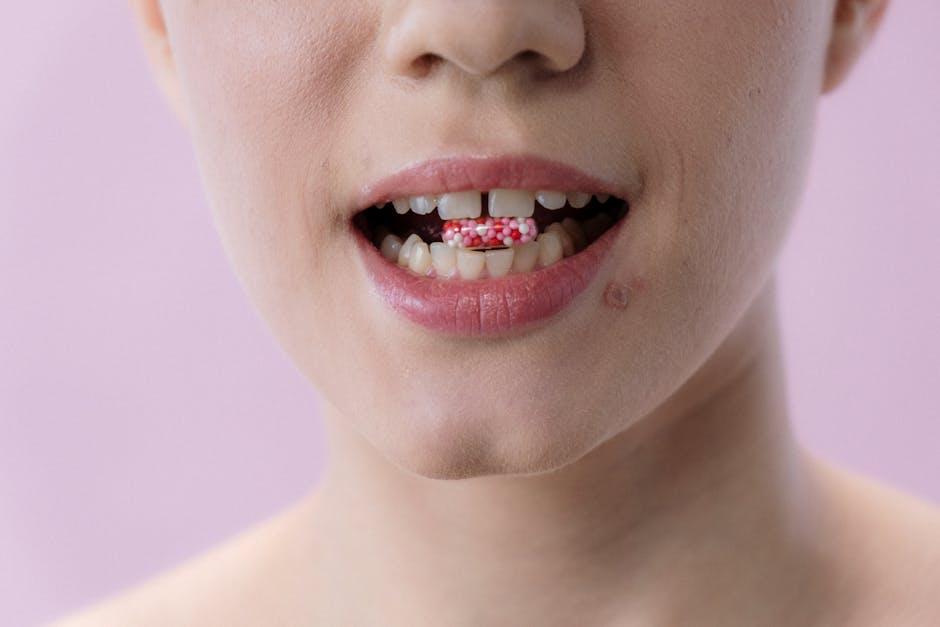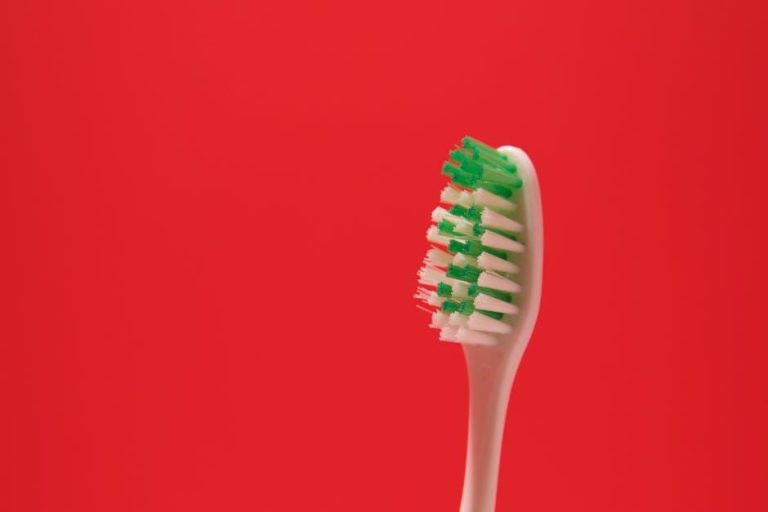
The Alarming Increase Of Unlicensed Cosmetic Dentistry: How Veneers And Aesthetic Dental Trends Can Lead To Health Risks – yahoo.com
With the rise of social media and aesthetic beauty influencers, cosmetic dentistry trends like veneers have skyrocketed in popularity. However, an alarming number of patients seeking quick and affordable solutions are turning to unlicensed cosmetic dentistry providers. While the quest for an Instagram-worthy smile is understandable, the risks associated with these unauthorized procedures can have serious long-term consequences for oral health.
Understanding Unlicensed Cosmetic Dentistry
Unlicensed cosmetic dentistry refers to dental work performed by individuals without the proper credentials, training, or authorized certification from dental associations or regulatory bodies. These practitioners often lack the necessary expertise to safely perform complex procedures like veneer placements, teeth whitening, and smile makeovers.
Why Are Unlicensed Services on the Rise?
- Cost-driven decisions: Licensed cosmetic dentistry can be expensive, leading people to seek cheaper alternatives.
- Accessibility and convenience: Some unlicensed providers offer at-home or mobile services, catering to convenience.
- Social media influence: Trends promote flawless smiles, pressuring people into quick fixes without proper due diligence.
- Lack of awareness: Many consumers cannot distinguish between licensed and unlicensed providers.
Popular Cosmetic Dentistry Trends Fueling Demand
1. Porcelain Veneers
Porcelain veneers have become the go-to solution for stained, chipped, or misaligned teeth. They involve placing thin custom-made shells over the front surface of teeth to improve appearance. Despite their popularity, improper application can cause irreversible damage.
2. Snap-On Veneers and DIY Kits
DIY veneers and snap-on options appeal to budget-conscious consumers. Though less invasive, they may not fit correctly, encouraging poor oral hygiene and gum irritation.
3. Teeth Whitening
While teeth whitening is generally safe under professional supervision, improper chemical use by unlicensed individuals can cause burns, sensitivity, or enamel erosion.
The Health Risks of Unlicensed Cosmetic Dentistry
Choosing unlicensed cosmetic dentistry services may seem like a quick solution but can lead to severe and potentially irreversible health complications, including:
- Tooth nerve damage: Poor preparation or application of veneers can expose or damage the dental pulp, causing pain and sensitivity.
- Gum disease and infections: Incorrectly fitted veneers or poor sanitization increase the risk of bacterial infections and gum inflammation.
- Enamel erosion: Harsh chemicals or untrained handling can wear down enamel, weakening teeth.
- Misalignment and bite problems: Improperly designed veneers disrupt bite function, leading to jaw pain or TMJ disorders.
- Long-term financial costs: Corrective treatment after unlicensed work can be significantly more expensive and complicated.
Health Risks Comparison Table
| Complication | Licensed Cosmetic Dentistry | Unlicensed Cosmetic Dentistry |
|---|---|---|
| Risk of Infection | Low risk; strict sterilization standards | High risk; poor hygiene & sanitation |
| Procedure Accuracy | High precision and customized care | Inaccurate fitting and procedure errors |
| Dental Nerve Safety | Careful nerve protection protocols | Frequent nerve exposure and damage |
| Long-term Oral Health | Benefits with ongoing monitoring | Often compromised; need for revision |
Benefits Of Choosing Licensed Cosmetic Dentistry
It’s important to not get swayed by low prices or flashy marketing, as licensed cosmetic dentistry offers many key benefits:
- Certified expertise: Dentists have years of education and training.
- Safe and sterilized environments: Reduces risk of infections.
- Personalized treatment plans: Tailored to your dental health and aesthetic goals.
- Post-procedure care: Follow-up appointments to monitor healing and success.
- Legal protection: Patients can hold providers accountable in case of malpractice.
Practical Tips To Avoid Unlicensed Cosmetic Dentistry Scams
- Verify credentials: Check with dental boards or licensing authorities.
- Research reviews: Look for real patient experiences and ratings.
- Avoid unusually low prices: If it sounds too good to be true, it probably is.
- Ask for before and after photos: Licensed providers maintain documented cases.
- Visit a dental clinic personally: Avoid home-based or anonymous service providers.
- Request detailed treatment plans: Transparency is a sign of professionalism.
Case Study: Real-Life Consequences of Unlicensed Cosmetic Dentistry
Jane, a 28-year-old woman, booked a snap-on veneer kit from an unverified online vendor promising a “perfect smile.” Within weeks she experienced gum inflammation, discomfort, and tooth sensitivity. When she finally consulted a licensed dentist, she was informed of enamel erosion and bacterial infection, requiring extensive restorative treatment costing thousands of dollars.
This scenario is all too common and highlights the importance of proper dental care by licensed professionals.
Conclusion: Prioritize Your Health Over Aesthetic Trends
The growing demand for cosmetic dental enhancements—especially veneers and teeth whitening—has unfortunately fueled the rise of unlicensed cosmetic dentistry. While the allure of quick, affordable, and convenient solutions is tempting, the health risks far outweigh the short-term benefits. To safeguard your oral health and maintain a beautiful smile, always opt for licensed, certified dental professionals who adhere to the highest safety standards.
Remember, your smile is an investment in both your confidence and well-being—never compromise on its care.


